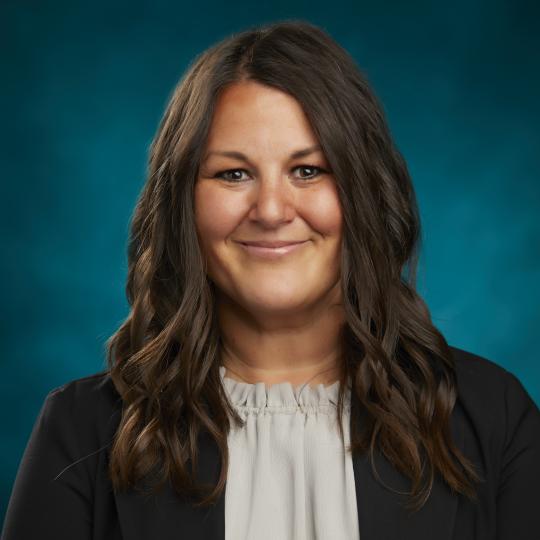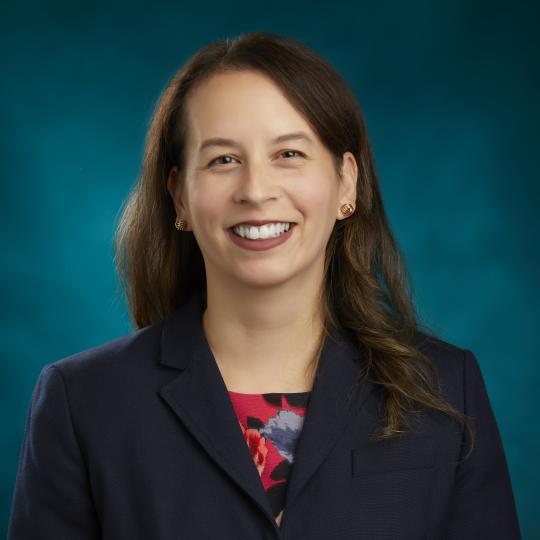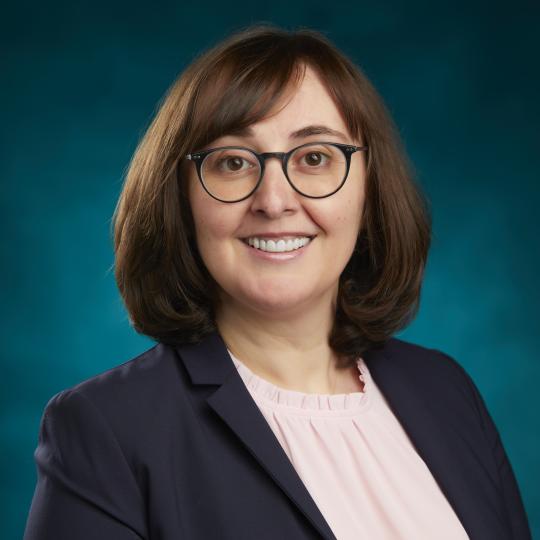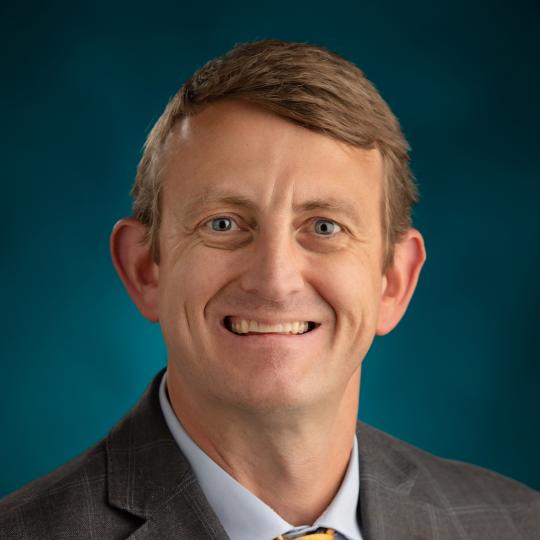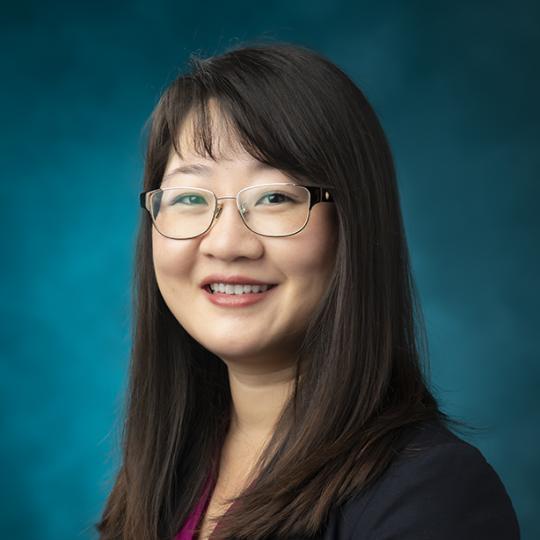Abdominal Aortic Aneurysm
Overview
An aneurysm is a widening or localized enlargement of an artery. This widening can become a significant health problem if the aneurysm expands enough to burst or rupture, similar to a balloon that has been blown up too far. When an aneurysm ruptures, life-threatening bleeding can occur.
Aneurysms most commonly occur in the abdominal aorta, a large blood vessel in the abdomen. Abdominal aortic aneurysms typically affect men over 65 years of age and is a leading cause of death in the United States.
Even with surgery, there is a 50-80% chance of death with a ruptured aneurysm. Therefore, early detection before rupture is paramount to aneurysm management.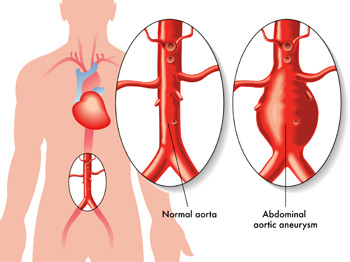
The rate of aneurysm rupture is related to its size. For example, a 4cm aneurysm has a 1% risk of rupture per year while a 6cm aneurysm has a 10% risk of rupture per year. Risk factors such as smoking and high blood pressure (hypertension) may increase the size of the aneurysm, the rate of growth, and the risk of rupture.
Signs and Symptoms
Most abdominal aortic aneurysms are asymptomatic (do not have symptoms), which leads to difficulty in detection. Occasionally, patients may feel a “mass” or "lump" in their abdomen that may pulsate with each heartbeat. Some aneurysms are found during evaluation of pain in the back or side, which can occur as the aneurysm grows and presses on the spinal column and nearby nerves. Most Abdominal aortic aneurysms are discovered as an incidental finding when evaluating another medical problem. When rupture occurs, the person experiences severe pain and may feel faint or become unconscious due to the significant blood loss and sudden fall in blood pressure. Unless the blood pressure can be restored and the leaking aneurysm surgically repaired, death will likely result.
Medical Management
To date, there is no proven treatment for abdominal aortic aneurysms other than surgical repair. Stopping smoking and controlling high blood pressure may slow aneurysm growth, but will not cure the aneurysm.
Diagnostic Testing
In addition to a physical examination, specific tests will be done to determine the location, size and shape of the abdominal aortic aneurysm. These tests may include ultrasound, CT scans, and MRIs. Sometimes, an arteriogram is performed to evaluate the abdominal aortic aneurysms and any associated arterial blockage.
Surgical Repair
Most experts agree that almost all abdominal aortic aneurysms larger than 6cm in diameter, and most aneurysms larger than 5cm, should be repaired. In some instances, smaller aneurysms may be considered for treatment. If surgical repair is deferred, it is strongly suggested that periodic ultrasound or CT examinations be done to monitor the aneurysm. If the aneurysm significantly expands or becomes symptomatic, treatment is indicated.
Traditional surgical repair of the aorta has been extremely successful. It requires an abdominal incision and a 5-7 day hospital stay. This operation involves the placement of a synthetic graft to replace the weakened walls of the aneurysm. Complete recovery after surgical repair usually takes 4-6 weeks. Once repaired by the traditional method, only 1 percent of patients will require additional treatment in the future.
Another approach to abdominal aortic aneurysms repair, called endovascular grafting or stent grafting, is performed through a 3-4 inch incision in the groin. It carries the same risks as the traditional method of surgical repair, which include bleeding and infection. However, patients usually spend fewer days in the hospital and recover more quickly, and not all aneurysms are suitable for endovascular repair due to anatomic constraints.
Learn more about tests and treatments:
Our providers
Why SIU
Continually learning
With a focus on continual improvement, our doctors take the time to research, study and innovate to provide the latest treatments for our patients.
Patient-first experience
Our care ranges from primary care physicians to specialists and sub-specialists who have advanced training. We're here for you when you need us.
Breakthrough tech
Continually teaching the next generation of doctors, our physicians use the latest developments in procedures and technologies for our patients.

